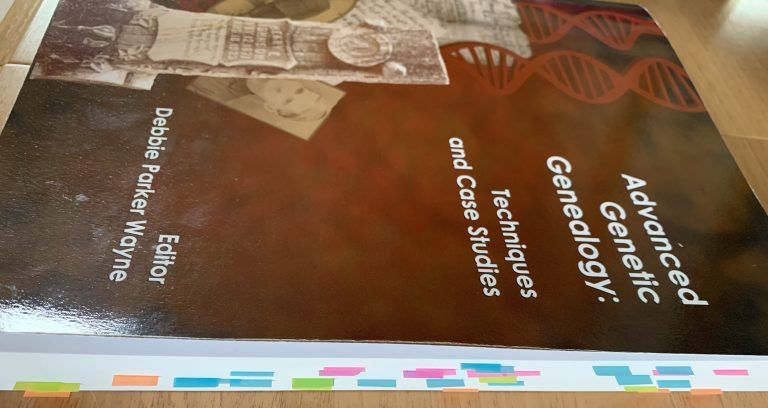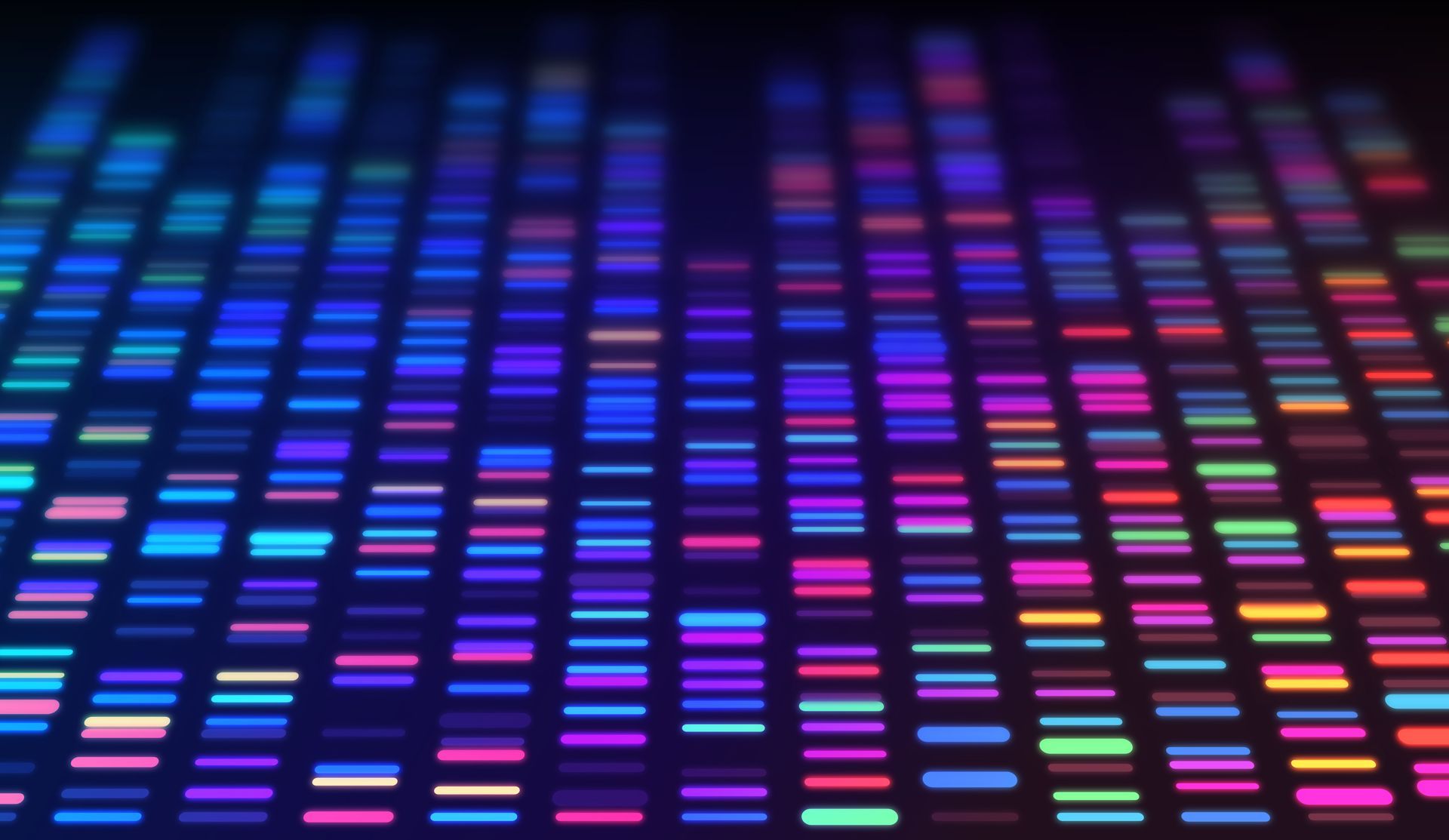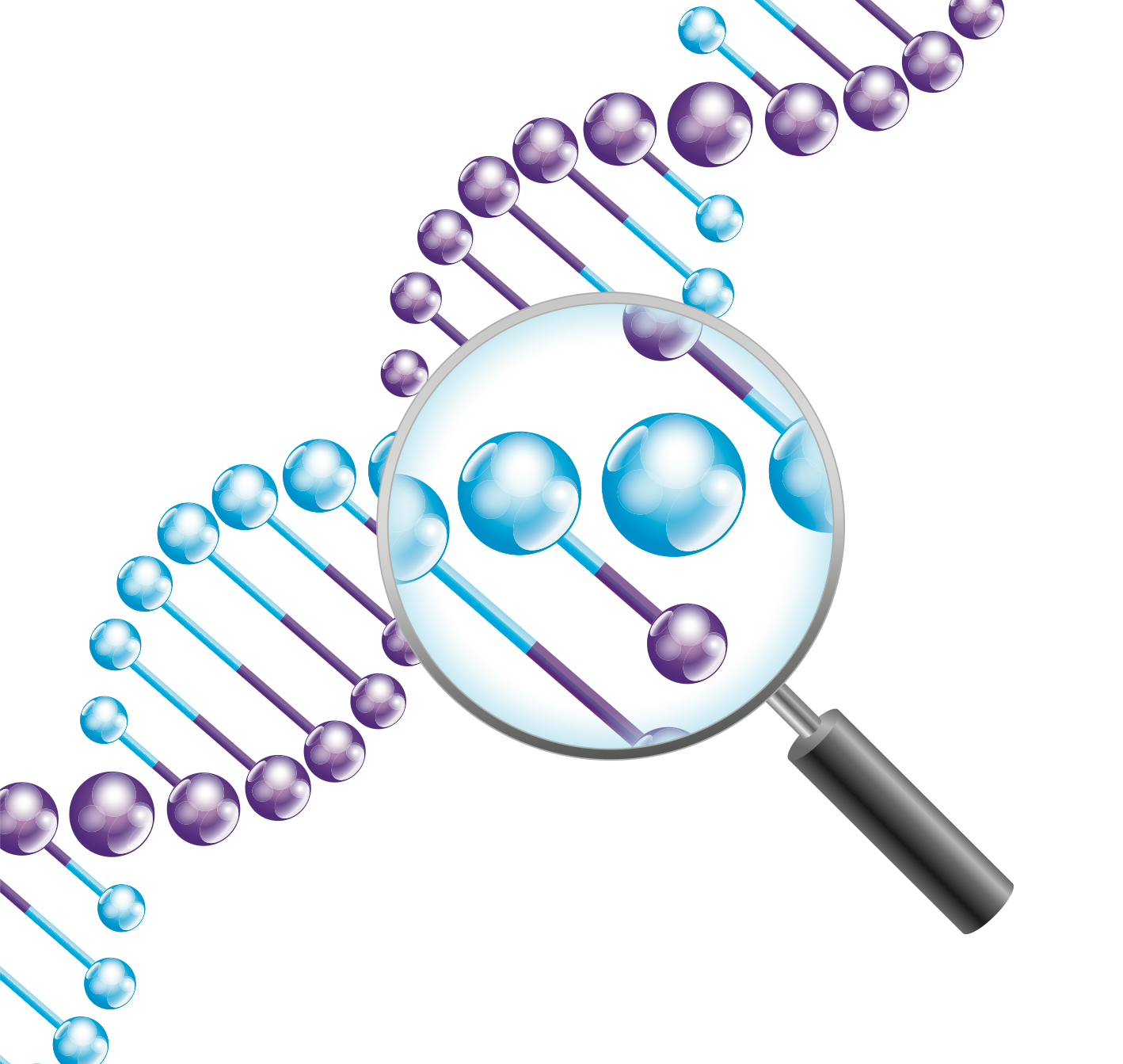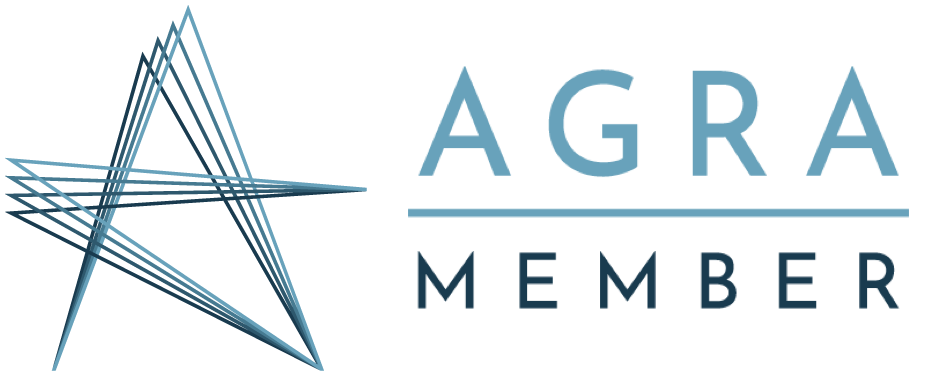Review - Advanced Genetic Genealogy: Techniques and Case Studies
It’s been a while since I’ve published a book review but there are a couple of fantastic recent genetic genealogy publications that cannot go unrecognised. First up Advanced Genetic Genealogy: Techniques and Case Studies, edited by Debbie Parker Wayne.
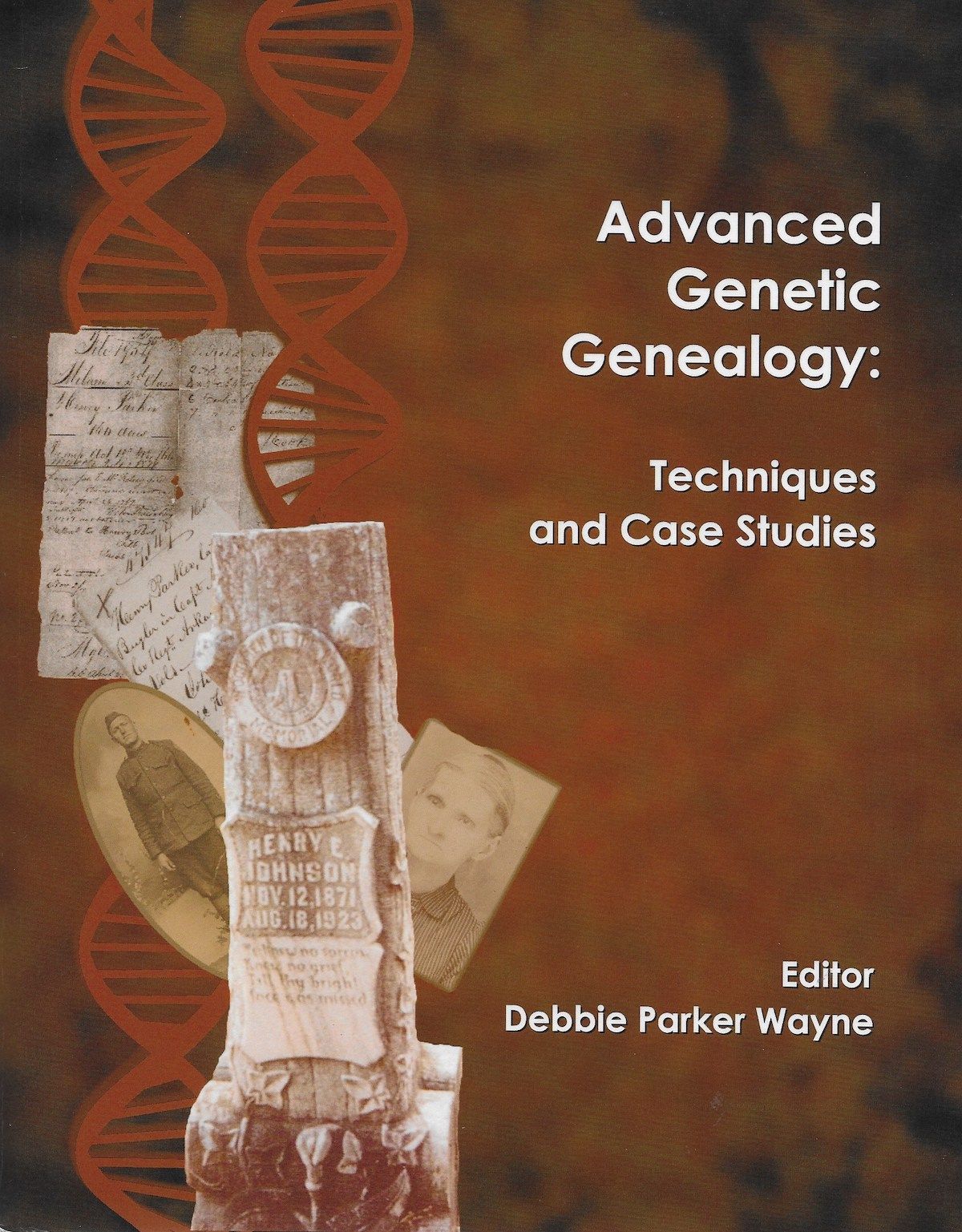
The clue is in the title, this is most certainly not a book for beginners (you won’t find explanation of the types of DNA test or how to find your matches here). This is a veritable text book on genetic genealogy, not one to throw into your bag for the coffee shop but, oh my, what a fantastic read.
A collection of individual chapters / essays from some of the leading authors in the field, brought together by editor, Debbie Parker Wayne, you can either work through the chapters in order or dip in and out of the subjects that interest you the most. The opening paragraphs resonated with me: “Ask a question about using DNA for genealogical research in any online forum or on social media and dozens of immediate responses are received. Some of those responses will be from people with limited experience and expertise”. This book provides the “right” answers in a number of key areas.
The individual chapters cover a variety of topics, some are focused on techniques, others are case studies showing how DNA can be used successfully in combination with traditional research to solve complex problems. Some cover topics such as ethics and the future of genealogy. Authors include Debbie Parker Wayne, Blaine Bettinger and the UK’s own Debbie Kennett. The chapter listing is:
- Lessons Learned from Triangulating a Genome (Jim Bartlett)
- Visual Phasing Methodology and Techniques (Blaine T. Bettinger)
- X-DNA Techniques and Limitations (Kathryn J. Johnston)
- Y-DNA Analysis for a Family Study (James M. Owston)
- Unknown and Misattributed Parentage Research (Melissa A. Johnson)
- The Challenge of Endogamy and Pedigree Collapse (Kimberly T. Powell)
- Parker Study: Combining atDNA & Y-DNA (Debbie Parker Wayne)
- Would You Like Your Data Raw or Cooked? (Ann Turner)
- Drowning in DNA? The Genealogical Proof Standard Tosses a Lifeline (Karen Stanbary)
- Correlating Documentary and DNA Evidence to Identify an Unknown Ancestor (Patricia Lee Hobbs)
- Writing about, Documenting, and Publishing DNA Test Results (Thomas W. Jones)
- Ethical Underpinnings of Genetic Genealogy (Judy G. Russell)
- Uncovering Family Secrets: The Human Side of DNA Testing (Michael D. Lacopo)
- The Promise and Limitations of Genetic Genealogy (Debbie Kennett)
Being a total “data nerd” and needing the detail one of my favourites was “Would You Like Your Data Raw or Cooked?” from Ann Turner. “Visual Phasing Methodology and Techniques” from Blaine Bettinger was the reason I took so long to finish reading the book: I had to drop everything to start phasing DNA segments for my father and his two brothers right away! Not to be confused with chromosome painting, e.g. in DNA Painter, which many are familiar with as a way of visualising and analysing DNA segments in common with matches and another great technique, visual phasing is a somewhat different approach, drilling right down to where recombination events took place on each chromosome and assigning segments to all four grandparents. (You can of course then paint this in DNA Painter if you want to). I’m not there yet, I need some more close cousin matches, but it is powerful stuff.
Another excellent chapter from my perspective as a UK-based genealogist was Thomas W Jones’ “Writing about, Documenting, and Publishing DNA Test Results”. I am fascinated by methodology and documentation and, if anything, this chapter taught me I need to make some time to read Thomas’ others publications! This chapter also included some really useful advice on source citations when working with DNA data, such as the use of GEDMatch tools.
Whilst the bulk of the volume concentrates on technique, the last three chapters are a must read for anyone with any level of experience with DNA testing. Judy Russell’s chapter on ethical considerations had me muttering “damned right!” under my breath several times and Michael Lacopo’s commentary on his experiences with the one-way perception of privacy reflects my own observations.
Last up, was Debbie Kennett’s discussion on the promise and limitations of the different types of DNA testing and what we can hope to see in the future. As she concludes: “DNA has been a transformative tool for family history research, but we have so far only scratched the surface of its potential.”
All in all an excellent addition to the reference library of anyone serious about genetic genealogy. I guarantee you’ll need to read chapters more than once, as you can see from all my sticky notes in the image below:
